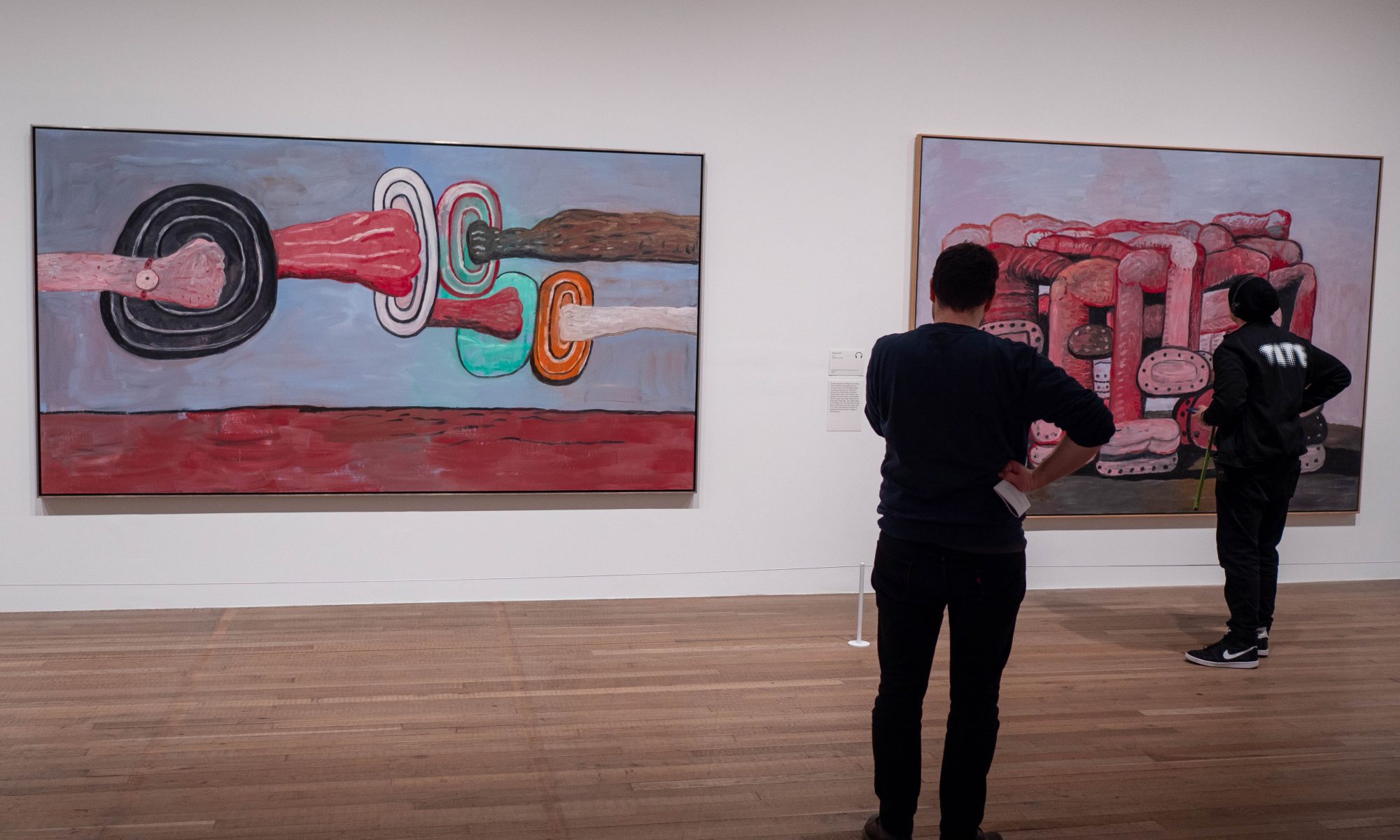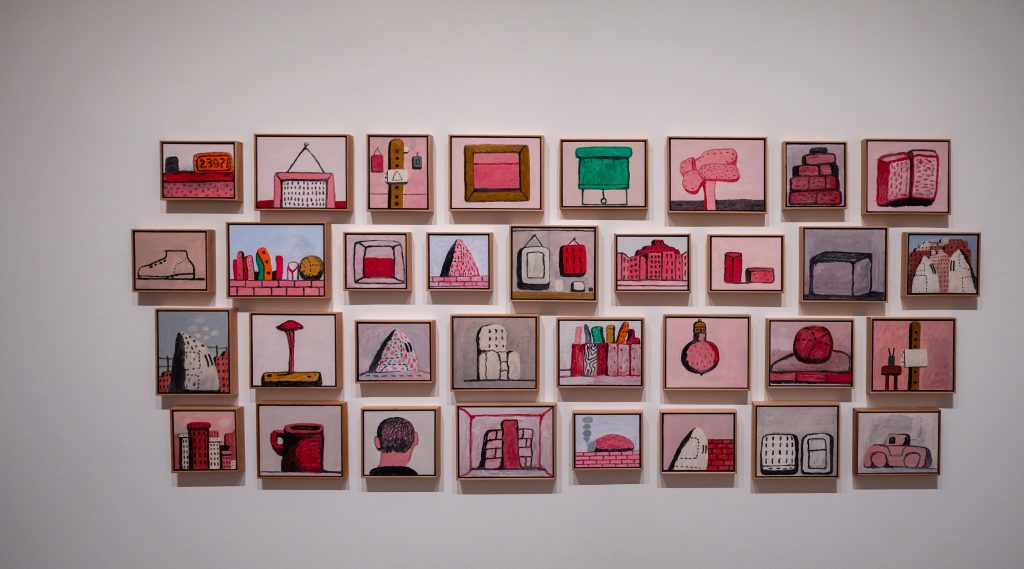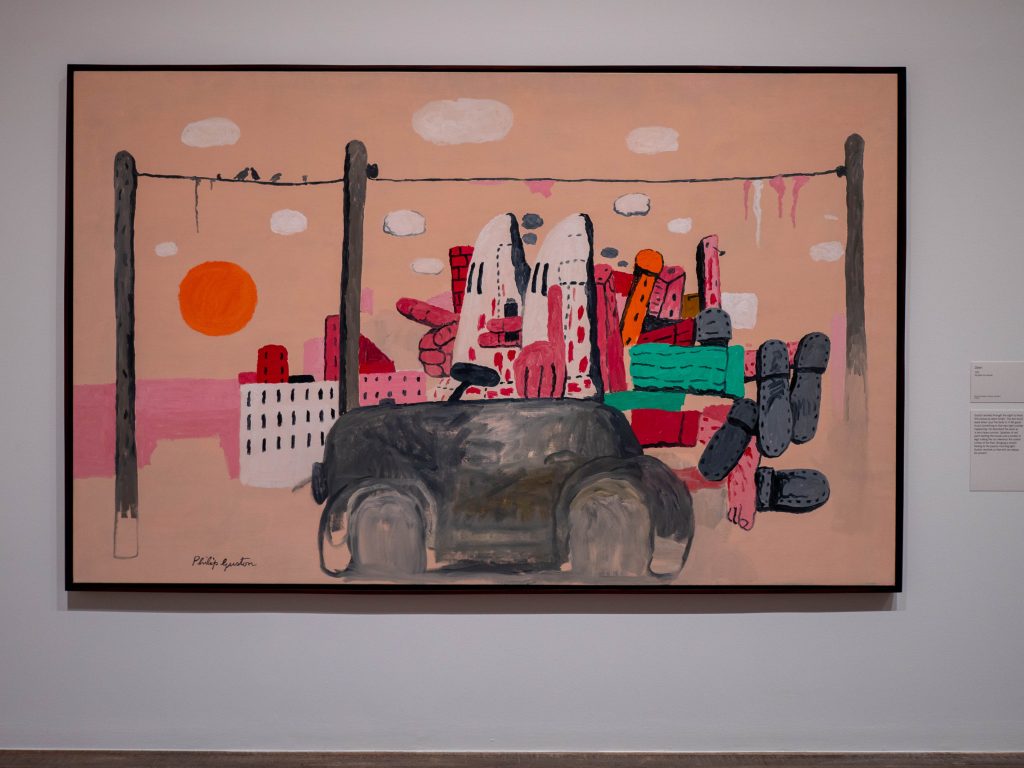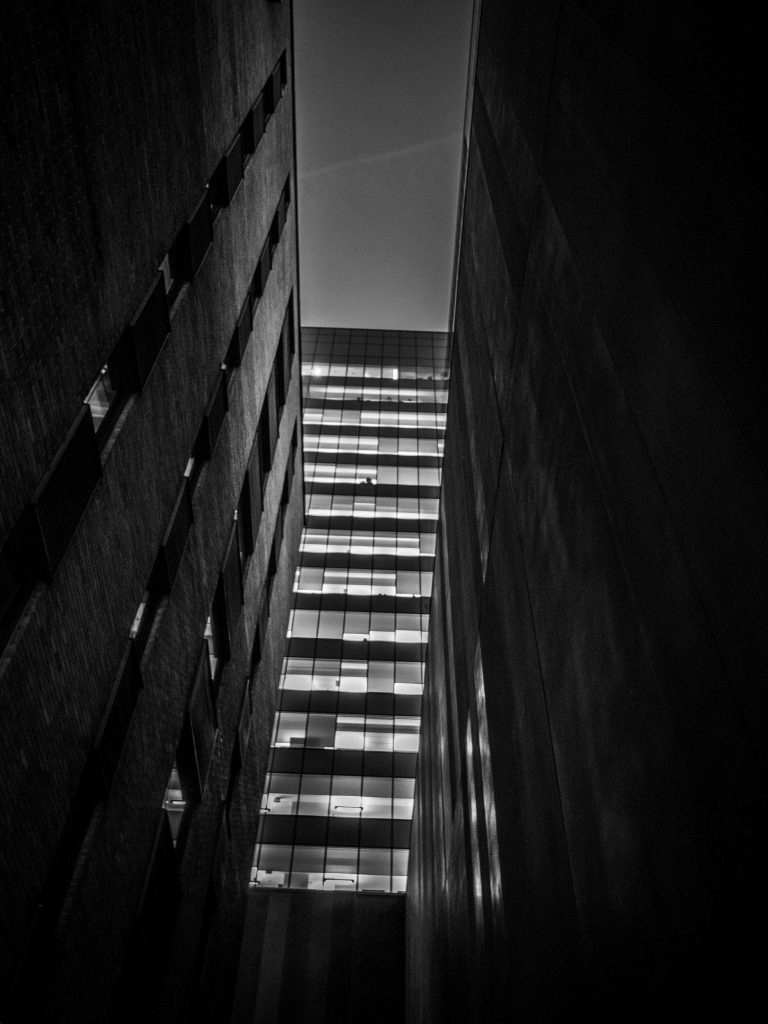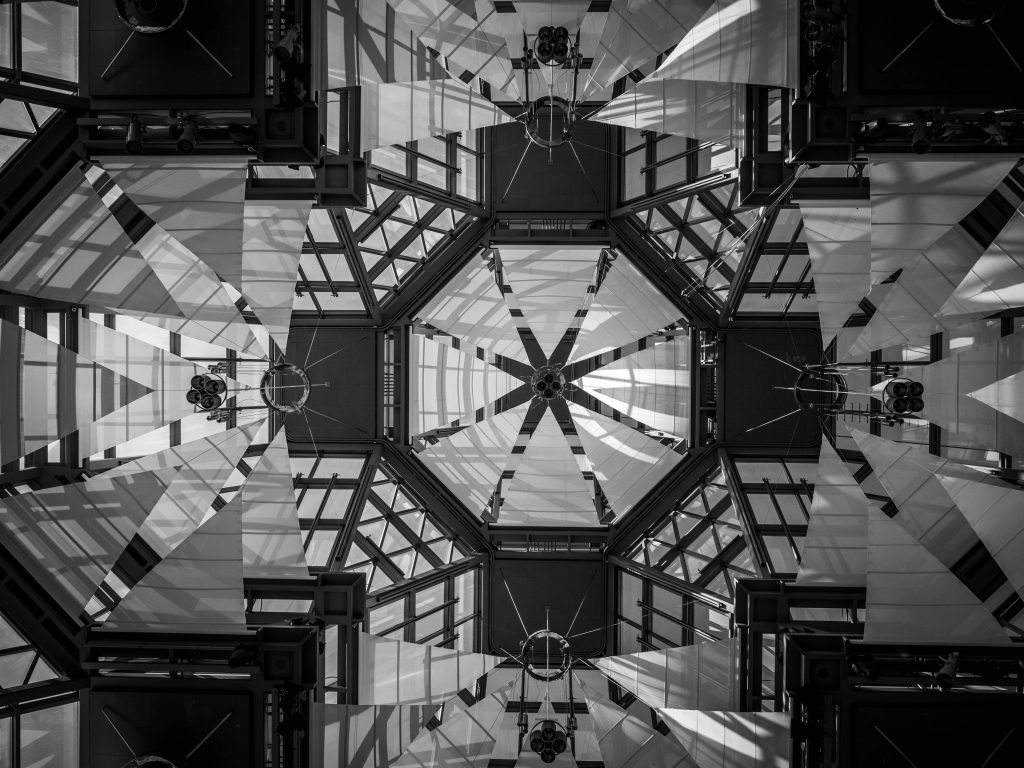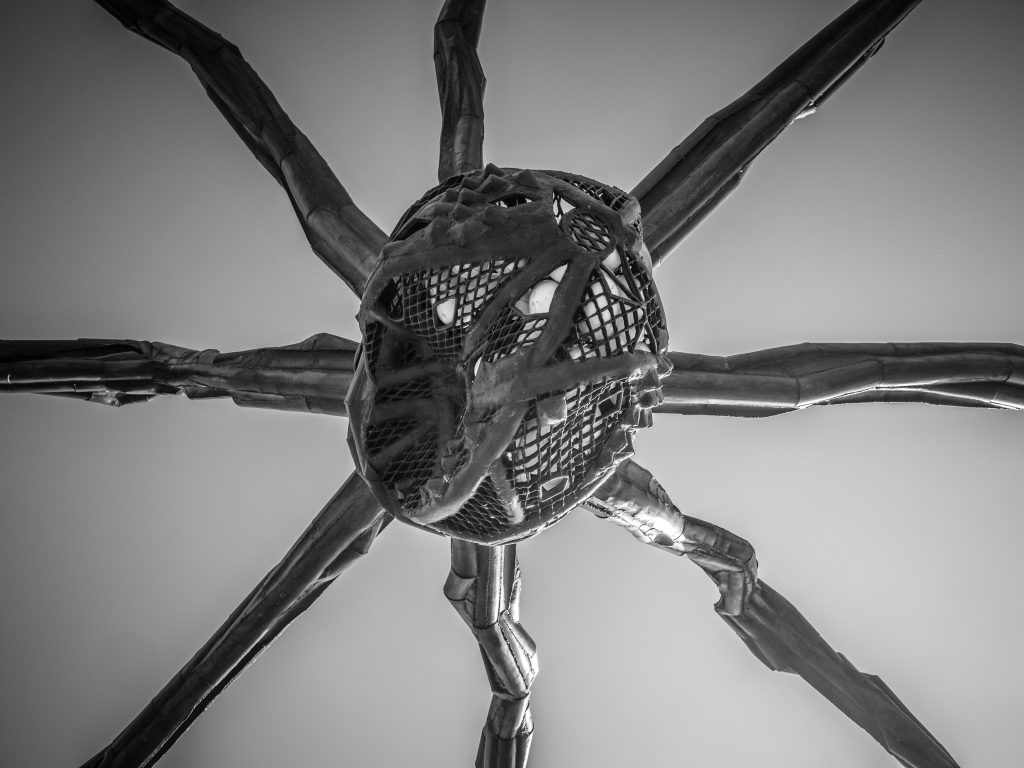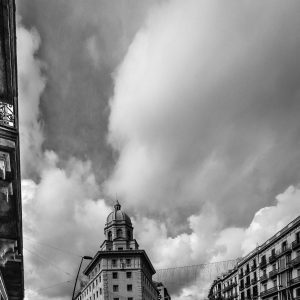You’re probably surprised to find us so inhospitable,” said the
-The Castle, Franz Kafka
man, “but hospitality isn’t a custom here, and we don’t need any
visitors.”
In my reading of Emily Wilson’s Iliad, xenia emerges as both sacred hospitality and a fraught instrument of power, inviting a reconsideration of the conflict’s origins beyond the conventional narrative. Traditionally, Paris’s taking of Helen is cast as a flagrant breach of xenia, the guest-host relationship foundational to Homeric ethics. Yet, attentive engagement with the text suggests that the arrogance of Menelaus and Agamemnon—expressed in their language and actions—may have already fractured this code, perhaps even before Helen’s departure, whether voluntary or otherwise.
Xenia (Greek: ξενία [kse'ni.a]) is an ancient Greek concept of hospitality. It is almost always translated as 'guest-friendship' or 'ritualized friendship'. Xenia was an institutionalised relationship grounded in reciprocity, gift exchange, and moral obligation. Rooted in the word xenos (stranger) it encompassed both material support and normative rights, linking guest and host through mutual respect.
This fracturing of xenia recalls the complex relationship between hospitality and power explored by philosophers such as Jacques Derrida*, who questioned the possibility of unconditional hospitality within the constraints of sovereignty and law. Derrida observed that hospitality is never purely generous but always mediated by conditions like borders, identities, and political authority. This insight resonates with the Iliad’s depiction of xenia, where the sacred duty to welcome the stranger exists alongside a real impulse to control and exclude. In this sense, the breach attributed to Paris appears less as an isolated offense and more as a symptom of a broader failure within the Greek leadership to practise genuine hospitality. Menelaus and Agamemnon’s arrogance acts not as a safeguard of order but as an instrument of domination, complicating the moral certainty of the Greek cause.
* Jacques Derrida’s reflections on hospitality remain crucial amid ongoing refugee crises. He highlights a fundamental tension: the moral duty to welcome strangers conflicts with the need to maintain borders that protect the home. Hospitality requires laws to distinguish guests from threats, making it both an act of openness and controlled closure. This balance is never fully resolvable but must always guide ethical and political responses to displacement and migration. More on Derrida at wikipedia.
From a philosophical perspective, this ambiguity aligns with Aristotle’s concept of phronesis, or practical wisdom, which he considered essential to justice and effective governance. Neither Menelaus nor Agamemnon demonstrates this prudence. Their pride blinds them to the reciprocal duties that sustain social cohesion. Their focus on honour manifests as domination and retribution rather than balanced justice. This dynamic parallels Hannah Arendt’s reflections on the fragility of the public realm, where the collapse of mutual respect and responsibility leads to violence and alienation. The outbreak of war can therefore be seen as a tragic consequence of leadership that fails to embody virtues necessary for upholding xenia and, more broadly, the polis.
Furthermore, the question of Helen’s agency brings to mind Simone de Beauvoir’s analysis of the objectification of women in patriarchal societies. Helen’s portrayal as property rather than an autonomous subject reveals the limits of the ethical frameworks governing hospitality and honour. The violation of xenia in her case transcends guest-host betrayal and exposes gendered power relations that deny subjectivity. This complexity demands that we reconsider the roots of conflict in the Iliad as arising not only from personal transgressions but also from systemic injustice.
The Iliad presents Menelaus and Agamemnon as figures whose sense of entitlement verges on hubris. In Greek, Agamemnon’s epithet ἀρήϊος (arēios), “warlike” or “proud,” hints at his overbearing nature. His treatment of others, especially the lesser-ranked warriors, reveals a man for whom honour is inseparable from domination. Menelaus’s own conduct is marked by possessiveness and wrath, notably when he appeals to the Greeks to avenge his personal loss of Helen, framing the conflict in terms of his honour as a husband and king.
Noting the ritual sacrifices the Greeks must perform before setting sail for Troy, one perceives a subtle but telling indication that the gods’ favour is not assured, hinting at underlying tensions and possible guilt among the Greeks themselves. The necessity of these sacrifices suggests divine displeasure, an implicit acknowledgement that the Greeks may not be wholly innocent. This ritual moment opens a space for questioning the moral clarity of the Greeks’ cause, inviting reflection on whether their hubris and aggressive ambitions have already sown the seeds of conflict.
Philosophically, this recalls the ancient understanding that human actions are always subject to divine judgment, and that wars—even those framed as righteous—are rarely free from moral ambiguity. The Iliad thus offers a profound meditation on the limits of human pride and the consequences of violating sacred social bonds. The sacrifices foreshadow not only the calamities to come but also the possibility that the Greeks’ own arrogance and sense of entitlement have fractured the ethical foundation of their expedition, making the ensuing war less a response to a single violation and more a symptom of systemic breakdown.
This interpretation complicates the traditional victim-aggressor narrative by suggesting that the Greek leadership’s behaviour, including their claim to honour through domination, may have destabilized the delicate balance of xenia even before Helen’s departure. It invites us to see the war as the tragic outcome of a fractured social order where divine, ethical, and human considerations intersect, challenging the simplicity of blame and exposing the complex origins of violence in the poem.
This arrogance, I argue, destabilizes the very foundation of xenia. The sacred mutual respect between host and guest, governed by θεοί (theoi)—the gods who enforce these bonds—is undermined by the rulers’ domineering attitudes. If xenia depends on reciprocity and restraint, Menelaus and Agamemnon’s behaviour signals a breakdown of these conditions. Such a rupture may have made Helen’s departure inevitable or at least understandable, not simply as a consequence of Paris’s transgression but as a reaction to an oppressive and fractious social order.
The idea that xenia hinges on mutual respect and divine sanction highlights how fragile the social order truly is when those entrusted with upholding it act out of self-interest. The gods, as guardians of these sacred bonds, serve not only as enforcers but as reminders that human pride must be tempered by humility and justice. When Menelaus and Agamemnon assert their authority through domination rather than reciprocity, they risk not only alienating their allies but inviting divine disfavor—a peril that reverberates throughout the epic.
This breach extends beyond mere political or military strategy; it exposes the ethical limits of power within the heroic code. The rupture in xenia thus becomes a mirror reflecting deeper societal fractures, where honour is too often conflated with control and possession. The resulting tensions illuminate how fragile the ties of loyalty and hospitality are, especially when compounded by the weight of personal grievance and patriarchal dominance. In this context, Helen’s fate is less an isolated episode of betrayal and more a symptom of systemic failure—a consequence of a social fabric strained by arrogance and fractured hospitality.
Helen herself, positioned within a patriarchal framework, is rendered almost as οἰκέτις (oiketis), a household servant or property, thereby calling into question her agency. Whether she left of her own accord or was taken forcibly, the conditions shaping her departure emerge from a broader failure of xenia rooted in the arrogance and self-interest of those who claim to uphold it.
This reading aligns with Homeric philosophy wherein justice is intimately tied to εὐνομία (eunomia), good order, sustained by ethical relationships like xenia. The war’s eruption, then, is a tragic manifestation of the consequences when pride and power override these obligations.
Moreover, this interpretation resonates with contemporary political realities. Modern states often project ideals of openness while practicing exclusion and control, reflecting an ancient tension between hospitality’s ideal and its political reality. The Iliad exposes this tension, showing how claims to honour and order frequently mask mechanisms of exclusion.
This tension between the ideal and the practice of hospitality has long been a site of political and ethical anxiety. In ancient epic, as in modern geopolitics, the stranger often serves as both a test of virtue and a projection surface for anxiety about sovereignty, belonging, and threat. The Greek concept of xenia is not simply about generosity; it is also about the maintenance of status and the regulation of hierarchy. The guest must be treated with honour, yes, but also must not upset the established order of the host. In this way, hospitality reveals itself not as a neutral ethical good, but as a framework for establishing power relations under the guise of moral obligation.
Michel Foucault’s observations on the diffuse and disciplinary nature of power help clarify this reading. The host’s role, much like the sovereign’s, is not merely to offer welcome but to determine the terms on which that welcome occurs. This determination is political: it draws boundaries between who belongs and who must remain other. Within this framework, Menelaus and Agamemnon’s failure is not only in their pride, but in their assumption that their authority grants them a monopoly on the ethical terms of xenia. They weaponise hospitality, transforming it from a sacred obligation into a system of entitlement that reinforces their dominance.
Seen in this light, Paris’s violation may not represent the origin of the war so much as its pretext. The true breakdown lies in the way hospitality has already been co-opted by the Greeks as a form of political control. The gods’ demands for sacrifice before the expedition to Troy can thus be read not merely as a call for piety, but as a divine rebuke. The Greek cause, built on the claim of avenging a breach in hospitality, is already compromised by internal contradictions. What they claim to defend, they have already hollowed out.
This reading also aligns with the insights of thinkers such as Emmanuel Levinas, who argued that the ethical relation begins with the face of the Other, and that true hospitality requires openness to the stranger as stranger—not as subject to assimilation or control. In The Iliad, however, the stranger is always already caught in a web of possessive claims and reciprocal expectations. Paris, Helen, even Achilles—all are at some point positioned as both insider and outsider, welcomed and rejected, honoured and dishonoured. The poem’s structure is shaped by this unresolved dialectic between inclusion and exclusion, belonging and alienation.
If hospitality in Homeric terms is sacred, it is also perilous. It binds hosts and guests in fragile interdependence that can all too easily be ruptured by pride, possession, or fear. The violence of The Iliad may be read as the inevitable result of this fragility—an unraveling of social bonds that, once broken, cannot be easily repaired. The cost of such rupture is not only war but the loss of the ethical world that hospitality once promised to sustain.
Finally, in my reading of Wilson’s Iliad, the figures of Menelaus and Agamemnon come to embody the complexity of power’s role in the erosion of social bonds. Their arrogance does not simply mirror individual failings but signals a deeper, systemic disintegration of ethical obligations. Their conduct may well precede and provoke the chain of events so often attributed solely to Paris’s violation of xenia. What appears on the surface as a narrative of reactive justice begins, under closer scrutiny, to reveal itself as a story already compromised by pride, coercion, and a hollowing out of the very traditions the Greeks claim to defend. Agamemnon’s treatment of Achilles, his disregard for prophetic restraint, and his readiness to sacrifice his daughter are not incidental; they are emblematic of a sovereign power that mistakes command for moral authority. Menelaus likewise presents the war as a recovery of honour, but one suspects his sense of loss is tied more to control and possession than to any substantive ethical breach.
This reading of the Iliad, shaped by Wilson’s precision and restraint, destabilises the traditional victim-aggressor dichotomy that frames much of the epic’s reception. It offers a vision of conflict rooted not in a singular act of betrayal but in the slow corrosion of ethical responsibilities, especially those embedded in the sacred institution of xenia. What begins as a dispute over one woman’s departure unfolds into a meditation on the failure of reciprocity, the ease with which honour becomes entitlement, and hospitality’s transformation into a rationale for domination. Menelaus and Agamemnon are not merely victims seeking redress; they are active participants in the erosion of the very social order they claim to avenge.
This interpretation reveals the poem’s striking relevance to contemporary political conditions. The fragility of the social fabric, especially where hospitality is concerned, becomes a central issue. In my reading, the Iliad not only portrays the collapse of communal bonds but also warns of the consequences when the ethical obligation to honour the stranger is replaced by suspicion, conditional acceptance, or outright hostility. The ancient practice of xenia bears troubling parallels to modern systems of immigration, asylum, and border control. Like Menelaus and Agamemnon, modern states often claim to offer welcome while practising exclusion. Refugees and displaced people today frequently occupy a liminal state—neither fully included nor entirely excluded—shaped by policies that control their presence, voice, and movement. In many ways, they remain guests whose welcome is provisional and contingent upon submission to a host who can withdraw hospitality at any moment.
This liminal state is not unlike the condition of Helen in the poem. In my reading, Helen is not simply the cause of war but a figure caught between belonging and alienation, between desire and blame. She is both central and marginal, visible yet voiceless, possessed but never possessing. Her situation evokes the structural position of those today who, though ostensibly “welcomed,” are treated as liabilities rather than members of a moral community. The Iliad, understood this way, is not only a meditation on ancient war but a tragic account of what happens when traditions of welcome are degraded into mechanisms of control.
Emily Anhalt’s Enraged is instructive in this regard. Her study of rage in Homeric epic reveals how deeply anger is connected to the experience of dishonour within a failing moral order. This rage is not limited to Achilles alone but reflects a broader social anger born from betrayal by systems that promise dignity yet deliver subjugation. In my reading of Wilson’s translation, such rage, muted in Helen, contained within the Greek ranks, and projected outward onto Troy, emerges as a symptom of ethical collapse. Rage becomes the residue of violated hospitality, of traditions that are claimed but no longer upheld.
Thus, The Iliad, far from being merely a chronicle of ancient heroism, becomes in this reading a study of political and moral fragility. Its significance lies not in the repetition of heroic forms but in exposing how power, when separated from ethical responsibility, corrodes the very institutions that define civilisation. Hospitality, when stripped of its mutual obligations, stops being a virtue and instead becomes a display of dominance. In such a context, conflict is not accidental but inevitable. My reading of Wilson’s translation, attentive to these tensions, suggests that the poem endures because it grasps something fundamental about the conditions under which communities either thrive or collapse. Ultimately, the tragedy is not only that war occurs but that it follows logically from the betrayal of the values one claims to defend.




